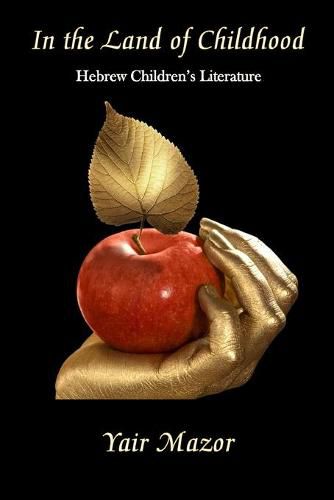Readings Newsletter
Become a Readings Member to make your shopping experience even easier.
Sign in or sign up for free!
You’re not far away from qualifying for FREE standard shipping within Australia
You’ve qualified for FREE standard shipping within Australia
The cart is loading…






Often, when adults encounter children’s literature, they tend to think about simplicity, fictional reality, naivit'e, and elementalism, as in Elementary, Watson, elementary, Sherlock Holmes to his disciple, Dr. Watson. The very last things that cross the minds of skeptical adults are complexity, intricacy, shrewdly wrought devices, and praiseworthy sophistication.
Children’s literature is not elementary at all. Not Hebrew children’s literature, or any kind of children’s literature, in fact. What you see is not what you get. You get much, much more. The observations, literary techniques, and aesthetic artistry traced in this book through Hebrew children’s literature piously echo any kind of children’s literature in any language. The major critical proclivity both exhibited and probed in this book is the way anticipated simplicity is eclipsed by well-sculpted complexity.
The text of children’s literature consists of two layers: the upper, surface layer and the cryptic, underlying layer. Under the upper epidermic layer of the text, one that radiates simplicity and elementalism, there is a hidden, concealed, cryptic layer that contests the upper layer. It proves that the very essence of the text is desirably intricate and that the upper layer is indeed an artistic channel that unearths the real text that consists of the literary mechanism to delivery the text’s message (educational, moral, ethical, etc.) in concealed sophistication.
$9.00 standard shipping within Australia
FREE standard shipping within Australia for orders over $100.00
Express & International shipping calculated at checkout
Often, when adults encounter children’s literature, they tend to think about simplicity, fictional reality, naivit'e, and elementalism, as in Elementary, Watson, elementary, Sherlock Holmes to his disciple, Dr. Watson. The very last things that cross the minds of skeptical adults are complexity, intricacy, shrewdly wrought devices, and praiseworthy sophistication.
Children’s literature is not elementary at all. Not Hebrew children’s literature, or any kind of children’s literature, in fact. What you see is not what you get. You get much, much more. The observations, literary techniques, and aesthetic artistry traced in this book through Hebrew children’s literature piously echo any kind of children’s literature in any language. The major critical proclivity both exhibited and probed in this book is the way anticipated simplicity is eclipsed by well-sculpted complexity.
The text of children’s literature consists of two layers: the upper, surface layer and the cryptic, underlying layer. Under the upper epidermic layer of the text, one that radiates simplicity and elementalism, there is a hidden, concealed, cryptic layer that contests the upper layer. It proves that the very essence of the text is desirably intricate and that the upper layer is indeed an artistic channel that unearths the real text that consists of the literary mechanism to delivery the text’s message (educational, moral, ethical, etc.) in concealed sophistication.